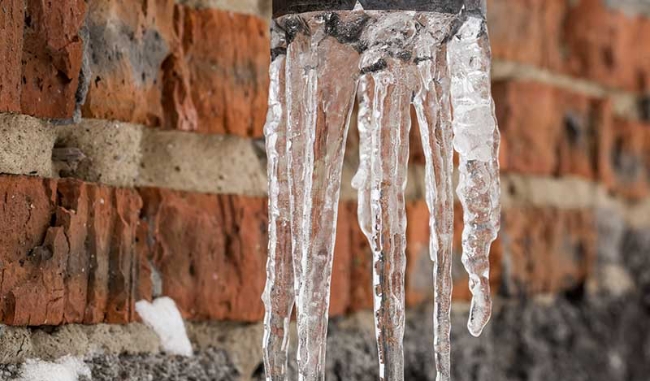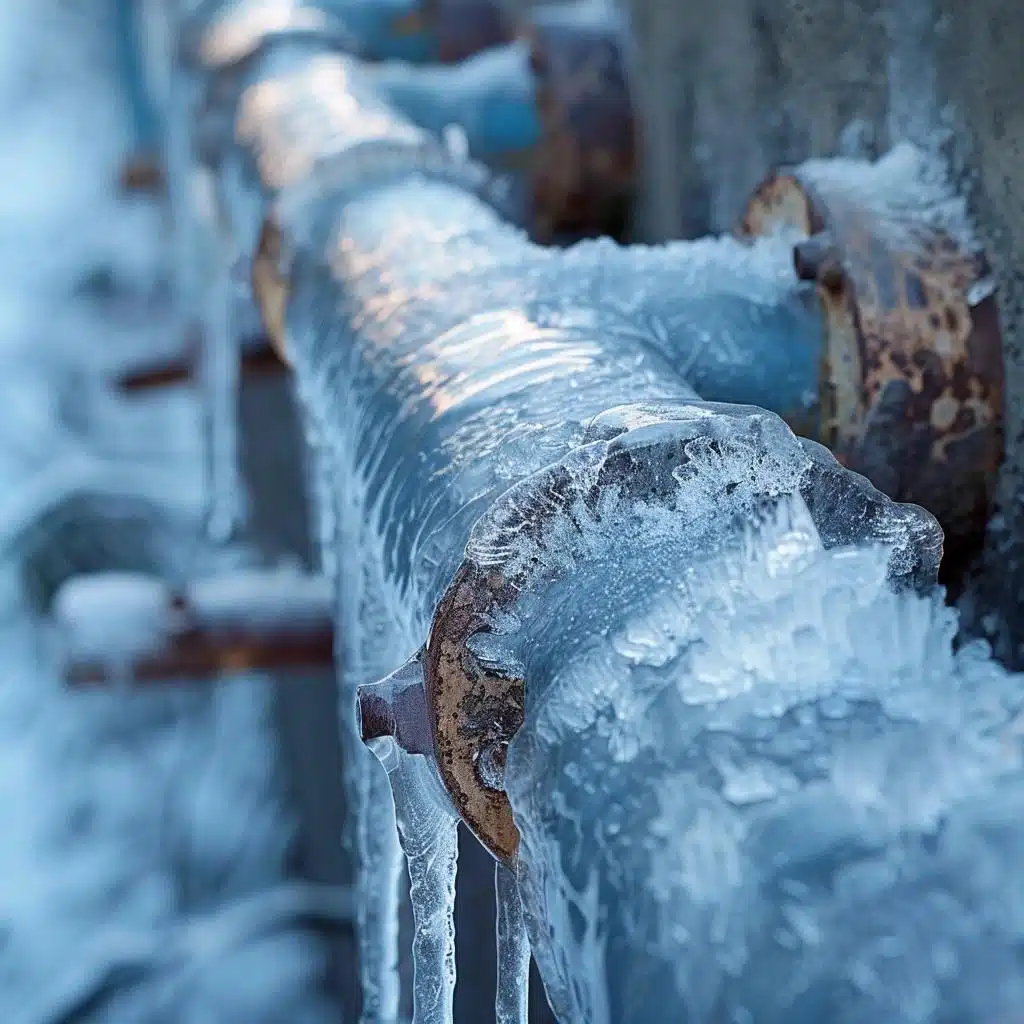Crucial Advice to Prevent Frozen Pipes in Cold Weather: Expert Guidance
Crucial Advice to Prevent Frozen Pipes in Cold Weather: Expert Guidance
Blog Article
We've encountered this article involving Helpful Tips to Prevent Frozen Pipes this Winter below on the net and believe it made good sense to talk about it with you in this article.

Cold weather can ruin your pipes, specifically by freezing pipelines. Here's exactly how to prevent it from taking place and what to do if it does.
Introduction
As temperatures decrease, the danger of frozen pipes boosts, potentially leading to expensive fixings and water damage. Understanding exactly how to stop frozen pipelines is essential for property owners in chilly environments.
Avoidance Tips
Protecting susceptible pipelines
Wrap pipelines in insulation sleeves or utilize warmth tape to safeguard them from freezing temperature levels. Focus on pipes in unheated or external areas of the home.
Heating techniques
Keep indoor rooms sufficiently warmed, especially areas with plumbing. Open up cabinet doors to enable cozy air to flow around pipelines under sinks.
How to identify frozen pipelines
Look for decreased water flow from faucets, unusual odors or noises from pipes, and visible frost on exposed pipes.
Long-Term Solutions
Structural modifications
Think about rerouting pipes away from exterior walls or unheated locations. Include additional insulation to attics, basements, and crawl spaces.
Updating insulation
Buy top quality insulation for pipes, attic rooms, and walls. Proper insulation aids preserve consistent temperatures and minimizes the danger of icy pipes.
Securing Outdoor Pipes
Garden tubes and outside taps
Detach and drain pipes garden tubes before winter months. Set up frost-proof spigots or cover outside faucets with insulated caps.
Comprehending Icy Pipes
What causes pipelines to ice up?
Pipelines ice up when subjected to temperatures below 32 ° F (0 ° C) for prolonged durations. As water inside the pipelines ices up, it expands, putting pressure on the pipe walls and possibly causing them to rupture.
Dangers and problems
Icy pipelines can bring about water system disturbances, residential or commercial property damage, and costly repair services. Ruptured pipelines can flooding homes and trigger substantial architectural damage.
Signs of Frozen Pipes
Recognizing icy pipes early can prevent them from rupturing.
What to Do If Your Pipes Freeze
Immediate activities to take
If you presume frozen pipelines, keep faucets open up to ease pressure as the ice thaws. Utilize a hairdryer or towels soaked in warm water to thaw pipelines slowly.
Verdict
Stopping icy pipes requires proactive procedures and quick actions. By understanding the reasons, indicators, and preventive measures, house owners can protect their plumbing during winter.
5 Ways to Prevent Frozen Pipes
Drain Outdoor Faucets and Disconnect Hoses
First, close the shut-off valve that controls the flow of water in the pipe to your outdoor faucet. Then, head outside to disconnect and drain your hose and open the outdoor faucet to allow the water to completely drain out of the line. Turn off the faucet when done. Finally, head back to the shut-off valve and drain the remaining water inside the pipe into a bucket or container. Additionally, if you have a home irrigation system, you should consider hiring an expert to clear the system of water each year.
Insulate Pipes
One of the best and most cost-effective methods for preventing frozen water pipes is to wrap your pipes with insulation. This is especially important for areas in your home that aren’t exposed to heat, such as an attic. We suggest using foam sleeves, which can typically be found at your local hardware store.
Keep Heat Running at 65
Your pipes are located inside your walls, and the temperature there is much colder than the rest of the house. To prevent your pipes from freezing, The Insurance Information Institute suggests that you keep your home heated to at least 65 degrees, even when traveling. You may want to invest in smart devices that can keep an eye on the temperature in your home while you’re away.
Leave Water Dripping
Moving water — even a small trickle — can prevent ice from forming inside your pipes. When freezing temps are imminent, start a drip of water from all faucets that serve exposed pipes. Leaving a few faucets running will also help relieve pressure inside the pipes and help prevent a rupture if the water inside freezes.
Open Cupboard Doors
Warm your kitchen and bathroom pipes by opening cupboards and vanities. You should also leave your interior doors ajar to help warm air circulate evenly throughout your home.

I have been very focused on How to Prevent Your Pipes From Freezing and I hope you enjoyed reading our entry. Be sure to take the time to distribute this blog post if you appreciated it. I take joy in your readership.
Call Today Report this page